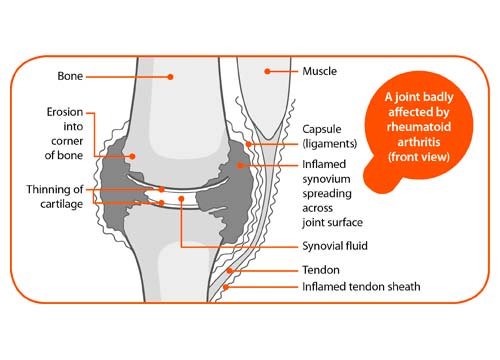RA
This month Neil Liffen, of East Coast Physio focuses on Rheumatoid Arthritis (RA) with Part 2 next month.
What is RA?
RA is an autoimmune disease that causes inflammation in your joints and the main symptoms are joint pain and swelling. It’s the second most common form of arthritis in the UK. About 1 in 100 people develops RA at some stage in their life. It can happen to anyone. It is not an hereditary disease. It can develop at any age, but most commonly starts between the ages of 40-60. It is about three times more common in women than in men.
What causes RA?
The immune system normally makes antibodies (small proteins) to attack bacteria, viruses, and other germs. In people with autoimmune diseases, the immune system makes antibodies against tissues of the body, particularly at the synovium (part of the joint capsule) of our joints. It is not clear why this happens. Some people have a tendency to develop autoimmune diseases. In such people, something might trigger the immune system to attack the body’s own tissues. The trigger is not known.
What happens to a RA joint?
RA causes inflammation, pain, swelling of joints and erythema (redness of the joints) – Figure 1. As a result, the inflamed joint may feel warmer than usual. Chronic inflammation may make the joint unstable, and it can move into unusual or deformed positions e.g. swan-neck or ulnar deviation deformities of the hand.

Figure 1. RA affected joint
Which joints are affected in RA?
The most commonly affected joints are the small joints of the fingers, thumbs, wrists, feet, and ankles. However, any joint may be affected.
The severity can vary from mild to severe. Treatments include disease-modifying medicines to suppress inflammation, which can prevent or delay the progression of the disease, and medication to ease pain. The earlier treatment is started, the less joint damage is likely to occur. Surgery is needed in some cases if a joint becomes badly damaged.



